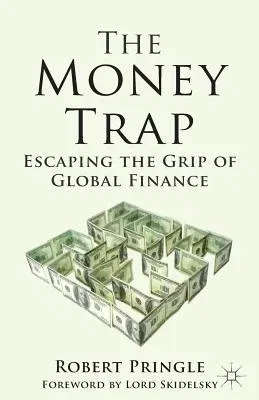Why have the efforts of governments and central banks to revive economic
growth and solve the problems left by the global financial crisis met
with such limited success? Why have markets been periodically paralysed
by fear and uncertainty?
This book argues that governments have been using the wrong policy
weapons. They have relied on the traditional tools of low interest rates
and monetary ease, plus tighter bank regulation and new macro-prudential
toolkits.
The Money Trap discusses how governments have failed to understand the
roots of the rolling crisis and recession of 2007-12. It argues that
these roots lie in the interaction of an elastic credit supply,
dysfunctional banking systems and an unreformed international monetary
system.
Historically, the advanced countries enjoyed long periods of economic
growth with stable money and without systemic banking crises - and
minimal bank supervision. We can learn from the historical experience,
and from the teaching of great economists. They point to a clear
conclusion.
A root-and-branch reform both of banking and of international money is
required. The centrepiece of such a reform should be the
re-establishment of a trusted international monetary standard.
This book brings together the main strands of the current
policy-oriented discussions and analyses a range of solutions, providing
readers with an integrated guide and analysis to the events in the years
since the start of the crisis in 2007 and their antecedents in the
development of the system since the early 1970s. It draws on the
author's extensive contacts and work as a leading financial commentator
over the past 40 years.


